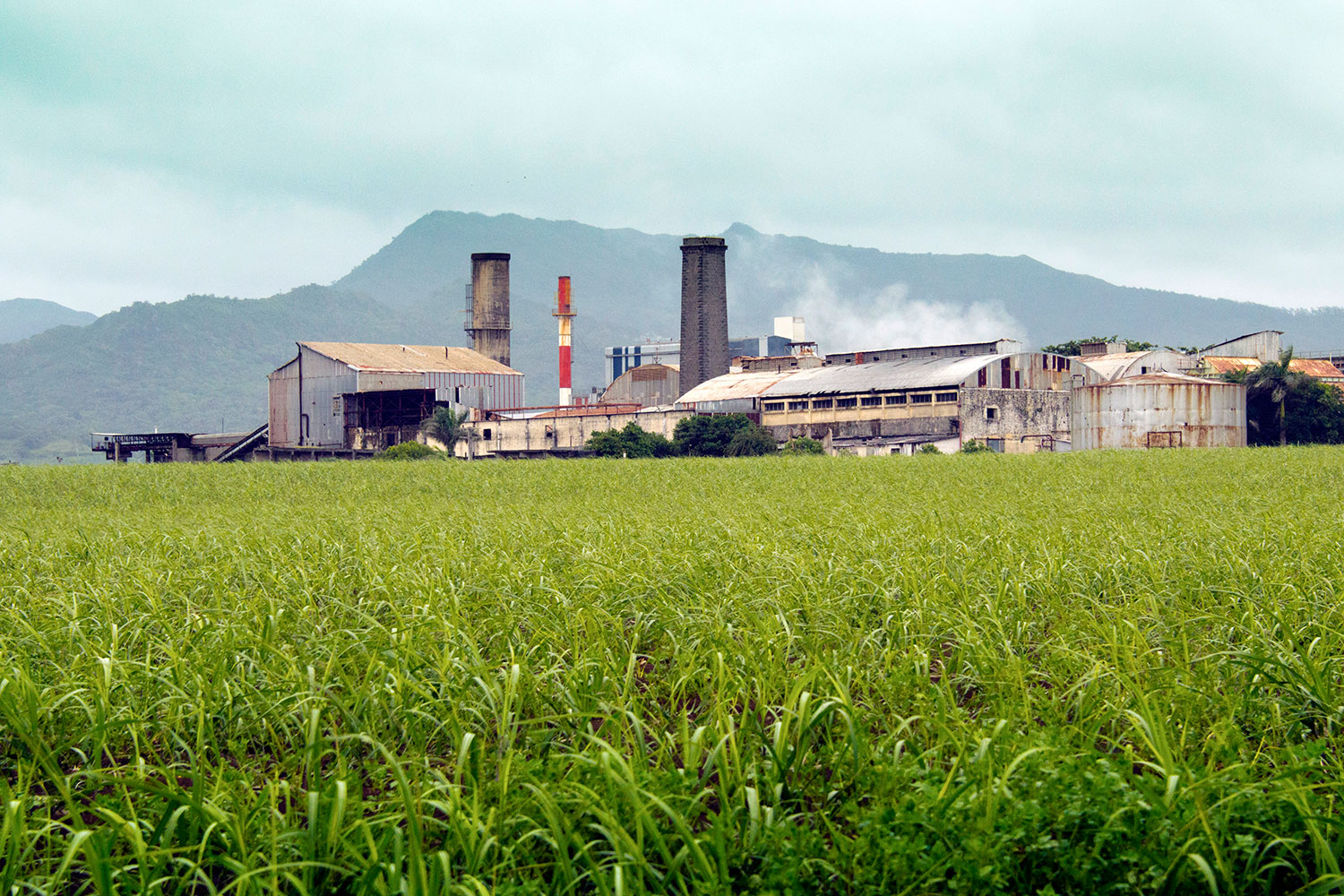Ingenious Cane Sugar Processing Chemicals: Enhance Your Process
Ingenious Cane Sugar Processing Chemicals: Enhance Your Process
Blog Article
Maximizar Rendimientos Y Minimizar Costos: Estrategias Avanzadas Para La Optimización Química Del Procesamiento De Azúcar De Caña
In the world of walking cane sugar handling, the quest of maximizing yields while simultaneously minimizing prices stands as an awesome obstacle that calls for a strategic blend of advanced chemical optimization strategies. Among this detailed internet of methods lies the guarantee of unlocking untapped potential and revolutionizing the really significance of sugar manufacturing.
Chemical Evaluation for Effectiveness
Chemical analysis plays a critical role in boosting the performance of sugar walking stick processing by providing crucial understandings right into the composition and buildings of the raw products. By conducting detailed chemical evaluations on sugar walking stick samples, cpus can identify the exact focus of sucrose, glucose, fructose, and other elements present in the raw product. This info is vital for maximizing the different stages of the sugar walking cane processing chain, from crushing to condensation.
Moreover, chemical evaluation enables cpus to identify contaminations such as organic acids, healthy proteins, and minerals that can affect the quality and yield of the last sugar product. By evaluating these pollutants, cpus can execute targeted strategies to eliminate or mitigate their impacts, ultimately enhancing the total effectiveness of the handling plant.
Additionally, chemical evaluation facilitates the tracking of procedure parameters such as pH, temperature level, and thickness, allowing cpus to make real-time adjustments to guarantee optimum conditions for sugar removal and crystallization. Generally, an extensive understanding of the chemical make-up of sugar cane is necessary for making the most of returns, decreasing costs, and preserving high item top quality in the sugar production market.

Enzyme Utilization for Boosted Yields
With a critical technique to enzyme utilization, sugar walking stick cpus can significantly boost their returns while keeping functional efficiency in the production process. Enzymes play an essential duty in sugar cane handling by damaging down complex carbohydrates into less complex sugars, thus enhancing the general sugar removal performance. By incorporating certain enzymes customized to target the various components of sugar cane, such as cellulose and hemicellulose, processors can enhance the launch of sugars throughout removal.
Enzyme use supplies the benefit of making the most of sugar returns from the raw product while decreasing the power and sources needed for handling. This results in a more sustainable and affordable production process. Furthermore, enzymes can help in minimizing handling time and improving the general top quality of the sugar item. With cautious choice and application of enzymes, sugar walking stick cpus can enhance their operations to accomplish higher yields and success.
Ph Control for Optimal Processing
Enzyme utilization for enhanced returns in sugar walking stick processing lays the foundation for addressing the critical facet of pH control for ideal processing efficiency. Keeping the proper pH level throughout numerous phases of read the article sugar cane handling is necessary for optimizing yields and minimizing prices. pH control is especially crucial throughout the extraction and explanation procedures. In the extraction stage, maintaining the proper pH assists in achieving effective sucrose extraction from the walking cane. Controlling the pH throughout clarification help in the precipitation of contaminations and non-sucrose components, leading to a purer end product. Additionally, pH affects the activity of enzymes entailed in the malfunction of macromolecules, influencing the general performance of the process. By very carefully monitoring and changing the pH degrees at different processing actions, sugar cane processors can boost sugar recovery rates, minimize chemical use, and optimize the general manufacturing process. Effective pH control not just boosts the quality of the final item yet also adds to lasting and cost-efficient sugar cane processing procedures.
Advanced Filtering Methods
Carrying out sophisticated filtering methods in sugar cane processing enhances the performance and pureness of the last product through refined splitting up approaches. By including innovative filtering technologies, such as membrane purification and turned on carbon filtering, sugar cane processing plants can attain greater levels of sugar recuperation and boosted high quality control.

Turned on carbon filtering is one more advanced strategy that helps in the removal of colorants, off-flavors, and residual contaminations from sugar walking stick products. By making use of triggered carbon's adsorption residential properties, this filtering method boosts the clearness and taste of the sugar, fulfilling the high requirements required by consumers and industry guidelines.
Energy-Efficient Purification Techniques
Energy-efficient purification methods are crucial for enhancing the sugar walking cane processing market's power usage while keeping top quality item standards. Standard purification processes can be energy-intensive, causing greater production expenses and ecological impacts (Cane Sugar Processing Chemicals). Carrying out energy-efficient purification methods, such as vacuum purification or molecular purification, can considerably minimize power requirements while enhancing general procedure efficiency
Vacuum purification entails lowering the pressure within the purification system, which decreases the boiling point of the liquid blend being refined. This reduction in boiling factor lowers the energy needed for vaporization, leading to power savings compared to traditional purification approaches.
On the other hand, molecular purification utilizes brief course purification methods under high vacuum cleaner problems to separate compounds based on their molecular see this site weight. This approach is especially efficient for heat-sensitive compounds, as it runs at lower temperature levels, lowering energy usage and protecting item high quality.
Final Thought

Report this page